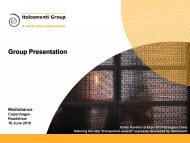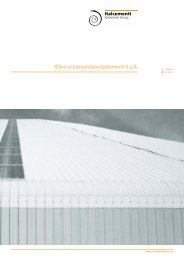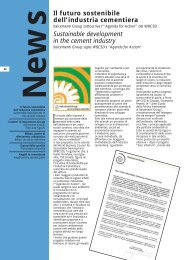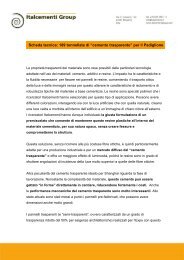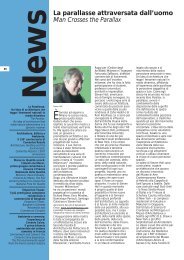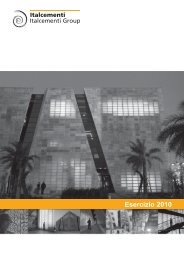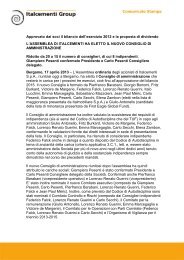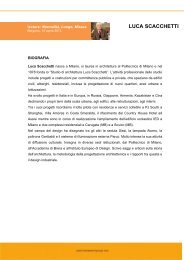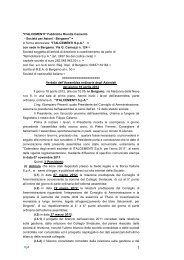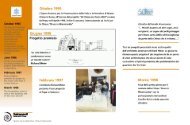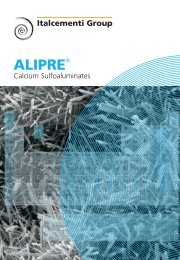2012 Annual Report - Italcementi Group
2012 Annual Report - Italcementi Group
2012 Annual Report - Italcementi Group
You also want an ePaper? Increase the reach of your titles
YUMPU automatically turns print PDFs into web optimized ePapers that Google loves.
short-term was negatively influenced by bad weather and, for the year, unfavorable<br />
macroeconomic fundamentals, which could become structural in nature, had an even<br />
greater effect.<br />
In <strong>2012</strong>, cement consumption fell by more than 22%, a percentage fall never seen in the<br />
postwar period, to some 25.5 million metric tons. As pointed out more than once, the<br />
increasing gap between demand for cement and investments in construction is primarily a<br />
result of the shift in investments toward restructuring projects, while the proportion of civil<br />
engineering projects, which require more cement, has declined.<br />
The reduction in cement production was only slightly smaller and affected all geographical<br />
areas, but was most acute in the central region.<br />
This sharp fall in demand led to a reduction, albeit less substantial, in imports of cement<br />
and clinker, while exports rose slightly, resulting in a notable increase in the surplus of<br />
exports by volume.<br />
Domestic production*<br />
<strong>2012</strong> <strong>2012</strong>/2011<br />
(millions of metric tons)<br />
(% change)<br />
Northern Italy 12.8 (18.3)<br />
Central Italy 4.6 (28.9)<br />
Southern Italy 6.1 (22.2)<br />
Italian islands 2.8 (12.7)<br />
Total 26.2 (20.8)<br />
* source: AITEC<br />
In this scenario, <strong>Italcementi</strong> S.p.A. recorded revenue of 554.7 million euro, a reduction of<br />
9.6% compared to 2011 (613.8 million euro), as a result of the sharp decline in sales<br />
volumes, which was partially offset by considerably better prices.<br />
Recurring EBITDA worsened from -0.5 million euro in 2011 to -5.1 million euro in <strong>2012</strong>.<br />
Better prices offset the considerable effect on recurring EBITDA of the contraction in sales<br />
and the increase, albeit of a lesser degree, in variable costs. Among the latter, the<br />
substantial increase in electricity prices was partly offset by savings achieved in other cost<br />
items, in part by means of energy efficiency measures arising from the restructuring of the<br />
production network, as well as from specific measures such as the increased use of<br />
alternative fuels and substitute raw materials.<br />
Under the production network restructuring plan, which started in <strong>2012</strong> and aims to<br />
rationalize production, bringing it into line with the new market conditions, a series of initial<br />
decisions were taken, such as the disposal of the Pontassieve cement plant in June and<br />
the interruption of clinker production in two other plants (Porto Empedocle and Vibo<br />
Valentia) in the third quarter. This plan, combined with measures affecting other production<br />
units, led to significant savings in overheads, which partially offset the lower income from<br />
CO 2 emission rights, compared to 2011, which benefited from higher rights trading and<br />
income from reimbursement of “new entry” CO 2 quotas, awarded to three production plants<br />
for the period 2008-<strong>2012</strong>.<br />
For the plan launched in <strong>2012</strong> and “Project 2015”, announced in December <strong>2012</strong>, an<br />
amount of approximately 47 million euro was recognized under non-recurring expense.<br />
The impact of this expense, in part offset by the gain from the sale of Pontassieve (about<br />
148



